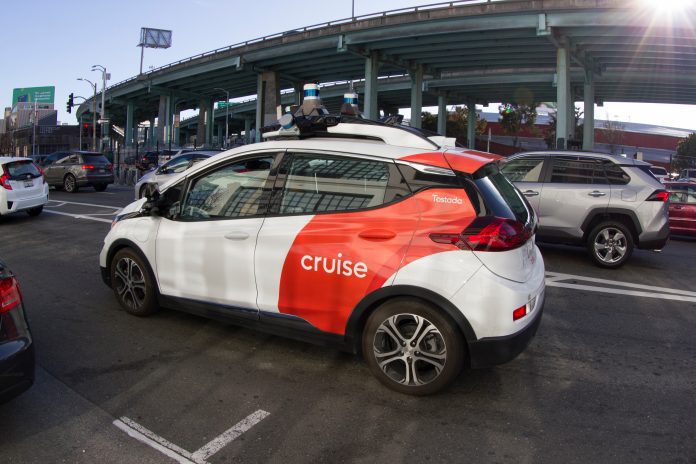The National Highway Traffic Safety Administration (NHTSA) has opened a new investigation over reports of braking issues in a General Motors robotaxi.
GM’s autonomous vehicle subsidiary, Cruise, only operates the robotaxi in San Francisco, although it hopes to include more states and new models in the coming years.
The probe was opened after the NHTSA received reports of apparent issues with the braking software in the robotaxis. In its announcement, the agency claimed the vehicles were involved in three separate rear-end accidents, after coming to a full stop without warning.
While many ride-sharing platforms that use robotaxis require the presence of human supervisors to prevent accidents in the event of a software issue, all three of the vehicles referenced in the announcement were unmanned. However, Cruise has promised to work with the NHTSA to improve its product and continue development.
  More: Uber plans to introduce self-driving car by 2023 in Las Vegas |
Autonomous driving has had several setbacks over the course of 2022. For one, the NHTSA has regularly stepped in over reports of crashes, injuries and even deaths. Difficulties around monetizing the software plague the industry, as many brands charge thousands of dollars for private use. Meanwhile, the billions in investments given to countless robotaxi startups have started to run dry, causing many to shut their days or take buyouts. Even giant tech companies who have spent years researching the product, such as Apple, have dialed back expectations. Perhaps most impactful to the adoption of autonomous vehicle technology, public opinion has become increasingly disenchanted with entrepreneurs who overpromise but underdeliver.
However, artificial intelligence continues to outpace the expectations of many, as can be seen with recent advancements in computer-generated graphics. While it is certain to make a big splash in the automotive industry, it may still be some years before a truly and fully autonomous robotaxi arrives on the market.
Did you enjoy this article? Please share your thoughts, comments, or questions regarding this topic by connecting with us at newsroom@cbtnews.com.
Be sure to follow us on Facebook, LinkedIn, and TikTok to stay up to date.
While you’re here, don’t forget to subscribe to our email newsletter for all the latest auto industry news from CBT News.




